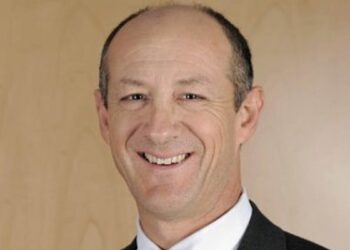In a recent technical update, Heffron head of technical services and education Lyn Formica said that SMSFs investing in fairly mainstream assets, such as cash, term deposits, listed securities, managed funds, and property are relatively straightforward when satisfying super law.
However, some SMSF trustees want to hold less conventional investments, including shares in unlisted companies. In these situations, she noted it can be harder to know where the problem areas might lie.
One of the first things to check is the in-house asset rules. Funds are restricted to holding no more than 5 per cent of their assets in in-house assets. Shares in an unlisted company will be an in-house asset if the company is controlled by the fund members or their related parties.
“From there, if the shares are currently owned by the members of the fund or related parties of the members, the fund will be prohibited from acquiring the shares unless the company is controlled by the fund members or their related parties (in which case the shares will be an in-house asset),” she said.
“This also includes if the company meets the rules of SIS Regulations 13.22C and D (i.e. it is exempt from the in-house asset rules).
Funds also need to define the purpose in wanting to invest in the company.
“The cornerstone of the super law is the sole purpose test – making sure the fund is maintained only for the purpose of providing benefits to members on their retirement,” Ms Formica said.
“Does the trustee’s reason for investing in the company align with the sole purpose test? Or is there some other purpose driving the investment decision? Similarly, is the proposed investment in the best financial interests of the members?”
If the fund trustee is being offered a discounted price, then it also needs justification. If the price paid is not considered “arm’s length” there is a risk all of the fund’s income from the shares (including capital gains) will be non-arm’s length income and taxed at 45 per cent, and if the fund is acquiring the shares from a related party, it will be an illegal acquisition.
“Where services are to be provided to the company by the members or related parties, they must be paid an arm’s length amount for those services, and the trustee must have evidence to support the amount,” Ms Formica noted.
“Too little could cause a non-arm’s length income issue for the fund. Too much could cause a super law compliance issue.
SMSFs will also need to make sure they can align with the investment strategy and if there is adequate justification in the strategy of any diversification or liquidity issues.
“When preparing their annual financial statements, SMSF trustees are also required to value the fund’s assets at market value,” she explained.
“Ideally, an updated valuation of the unlisted shares would be obtained each year. It is unlikely the shares would be considered a prudent investment if the trustee did not have access to the information necessary to value the shares on a regular basis.”


